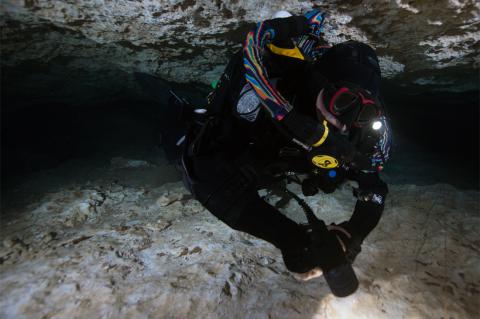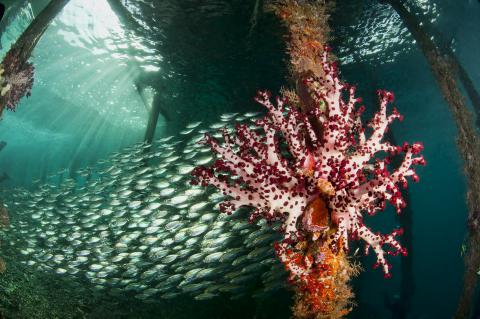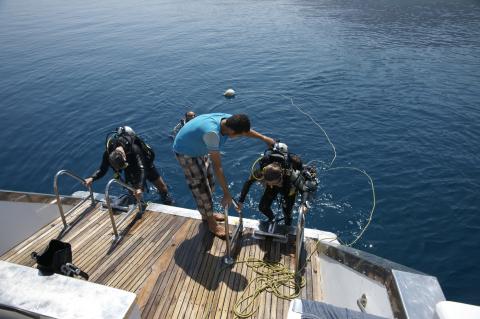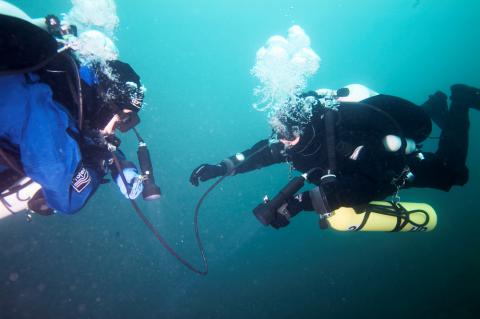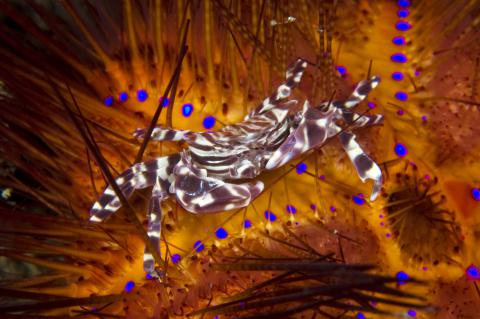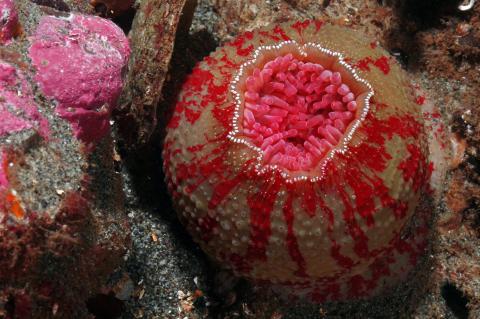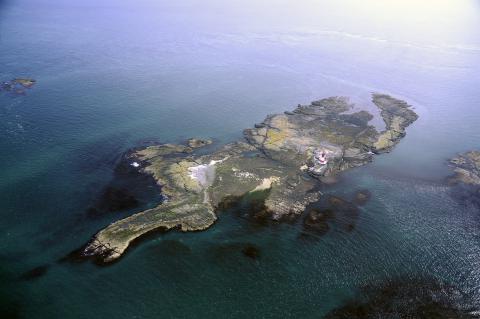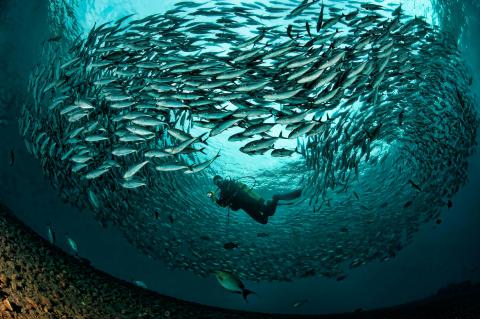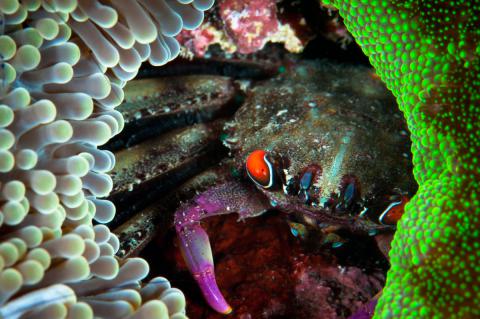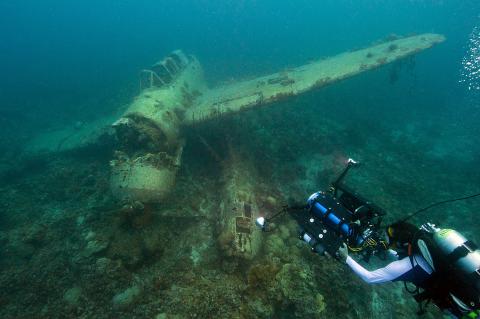Cave Diving & CCR -- Bailout Gas
Remember the first rule of scuba diving that you were taught in your basic open-water class? I believe it goes something like: “Keep breathing!” Simple advice and unarguably the best advice possible for any diver, not just those entering the sport for the first time.
For example, the same first rule is true for technical diving. Gas management 101 starts off by stating something like: “Always have a sufficient volume of appropriate gas to breathe throughout the whole dive!”

